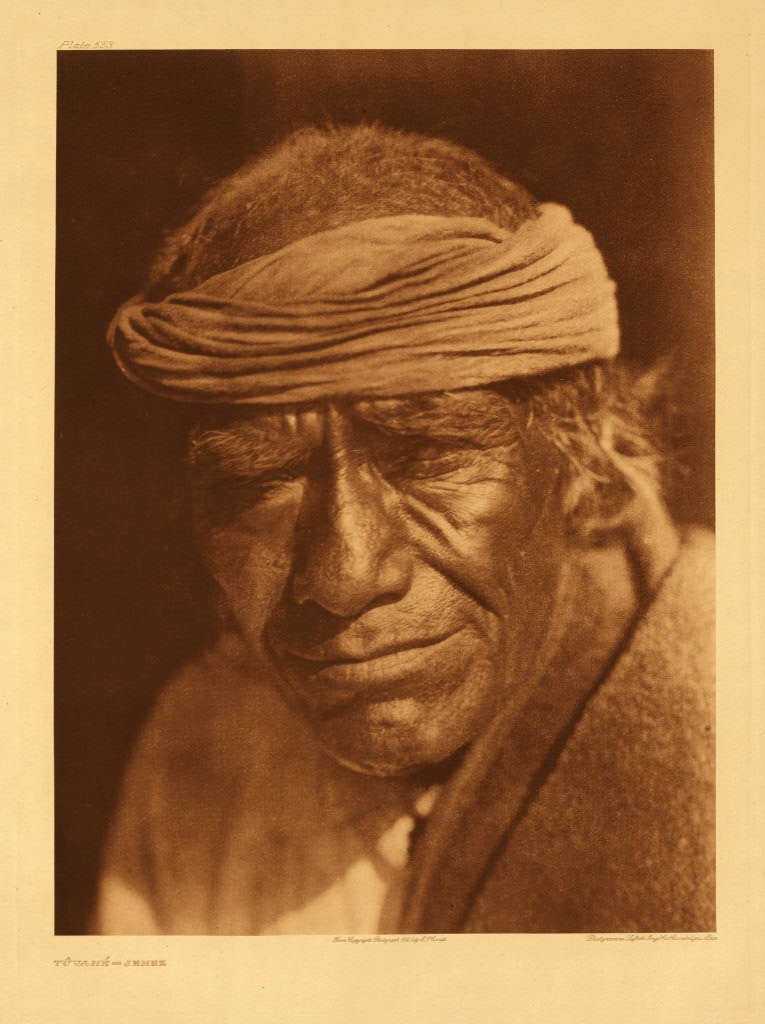|
Elizabeth Toya Medina
Elizabeth Toya Medina (born November 30, 1956, Jemez Pueblo) is a Pueblo potter. She married into the Zia tribe in 1978 and, as is traditional, gained tribal permission to use Zia designs in her work. Her first pots were in the Jemez style. In some instances she has collaborated with her mother-in-law, Sofia Medina, whom she cites as her inspiration. Medina has been recognized widely for her work. She's been featured in numerous publications (including ''New Mexico Magazine'', August 1994:36, and ''SWAIA Quarterly'' Fall 1982:10), galleries (Native American Collections in Denver, CO; Adobe Gallery and Agape Gallery in Albuquerque, NM), and museums (Wright Collection, Peabody Museum, Harvard University, Cambridge, MA; Spurlock Museum, University of Illinois at Urbana-Champaign), and has also received many awards from 1984–present. Pottery style and technique Medina is particularly known for her polychrome olla An olla is a ceramic jar, often unglazed, used for cooking stews ... [...More Info...] [...Related Items...] OR: [Wikipedia] [Google] [Baidu] |
Jemez Pueblo, New Mexico
Jemez Pueblo (/ˈhɛmɛz/; tow, Walatowa, nv, Mąʼii Deeshgiizh) is a census-designated place (CDP) in Sandoval County, New Mexico, United States. The population was 1,788 at the 2010 census. It is part of the Albuquerque Metropolitan Statistical Area. The CDP is named after the pueblo at its center. Among Pueblo members, it is known as . Geography Jemez Pueblo is located at (35.610435, -106.727509). According to the United States Census Bureau, the CDP has a total area of , all land. Demographics It seems that a significant part of the Jemez Pueblo population originates from the surviving remnant of the Pecos Pueblo population who fled to Jemez Pueblo in 1838. The Jemez speak a Kiowa–Tanoan language also known as '' Jemez'' or ''Towa.'' As of the census of 2000, there were 1,953 people, 467 households, and 415 families residing in the CDP. The population density was 957.0 people per square mile (369.6/km2). There were 499 housing units at an average density of 244.5 ... [...More Info...] [...Related Items...] OR: [Wikipedia] [Google] [Baidu] |
American Women Ceramists
American(s) may refer to: * American, something of, from, or related to the United States of America, commonly known as the "United States" or "America" ** Americans, citizens and nationals of the United States of America ** American ancestry, people who self-identify their ancestry as "American" ** American English, the set of varieties of the English language native to the United States ** Native Americans in the United States, indigenous peoples of the United States * American, something of, from, or related to the Americas, also known as "America" ** Indigenous peoples of the Americas * American (word), for analysis and history of the meanings in various contexts Organizations * American Airlines, U.S.-based airline headquartered in Fort Worth, Texas * American Athletic Conference, an American college athletic conference * American Recordings (record label), a record label previously known as Def American * American University, in Washington, D.C. Sports teams Soccer * Ba ... [...More Info...] [...Related Items...] OR: [Wikipedia] [Google] [Baidu] |
21st-century Native American Artists
The 1st century was the century spanning AD 1 ( I) through AD 100 ( C) according to the Julian calendar. It is often written as the or to distinguish it from the 1st century BC (or BCE) which preceded it. The 1st century is considered part of the Classical era, epoch, or historical period. The 1st century also saw the appearance of Christianity. During this period, Europe, North Africa and the Near East fell under increasing domination by the Roman Empire, which continued expanding, most notably conquering Britain under the emperor Claudius ( AD 43). The reforms introduced by Augustus during his long reign stabilized the empire after the turmoil of the previous century's civil wars. Later in the century the Julio-Claudian dynasty, which had been founded by Augustus, came to an end with the suicide of Nero in AD 68. There followed the famous Year of Four Emperors, a brief period of civil war and instability, which was finally brought to an end by Vespasian, ninth Roman em ... [...More Info...] [...Related Items...] OR: [Wikipedia] [Google] [Baidu] |

